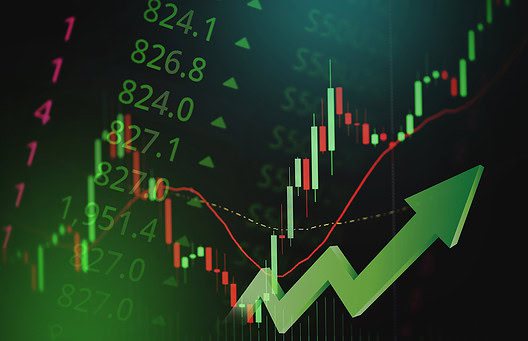Includes historical data for United Kingdom’s Gross Domestic Product growth, debt-to-GDP ratio and more, as well as information on trade, banking and financial sector leadership.
A Sophisticated Banking System
A thriving hub for business, the United Kingdom offers a favorable environment conducive to trade and investment. With an open economy, a large and high-spending consumer market and a wealth of skilled professionals, the country also boasts sophisticated banking and insurance services, robust infrastructure, a transparent tax system, as well as cutting-edge enterprises in the aeronautics, pharmaceuticals and automotive sectors, among others.
The United Kingdom also faces challenges. Among them are high public and household debt, inflationary pressures, trade disruptions and economic uncertainties stemming from Brexit.
Macroeconomy & Sovereign Data
| Type of Government | Parliamentary constitutional monarchy; a Commonwealth realm |
|---|---|
| Capital | London |
| Sovereign Ratings |
S&P: AA Moody’s: Aa3 Fitch: AA– |
| Total Population | 68.4 million |
| Median Age | 40.3 |
| Adult Per Capita Income (PPP) | 49,463 |
| Total GDP (2023) | 3.5 trillion |
United Kingdom GDP & Economic Overview
Most Recent Content
The United Kingdom
Banking & Finance
Trade & Investment
| Total Exports | USD 723.0 billion (2023) |
|---|---|
| Leading Exports |
Cars Gold Gas Turbines Crude Petroleum Packaged Medicines |
| Total Imports | USD 462.5 billion (2022) |
| Leading Imports |
Gold Cars Natural Gas Crude Petroleum Packaged Medicines |
| Source: | World Integrated Trade Solution |
United Kingdom Leading Companies
| HSBC Holdings | Financials |
|---|---|
| Barclays | Financials |
| Lloyds Banking Group | Financials |
| BP | Integrated Oil & Gas |
| Vodafone | Telecommunication Services |
| GlaxoSmithKline | Pharmaceuticals |
| Unilever | Consumer Staples, Household Products |
Major Trade Partners — Import
| China | 13% |
|---|---|
| Germany | 11% |
| United States | 9% |
| Netherlands | 6% |
| Norway | 5% |
Source: World Integrated Trade Solution
Major Trade Partners — Export
| United States | 13% |
|---|---|
| Germany | 9% |
| Switzerland | 8% |
| Netherlands | 8% |
| Ireland | 6% |
Source: World Integrated Trade Solution
Global Finance Rankings & Awards
Data Sources:
UN World Population Prospects
World Inequality Report
S&P Global Ratings
Moody’s
Fitch Ratings
IMF Direction of Trade Statistics (DOTS)
UN Conference on Trade and Development (UNCTAD)
CIA The World Factbook
World Bank’s World Integrated Trade Solution
Forbes Global 2000







